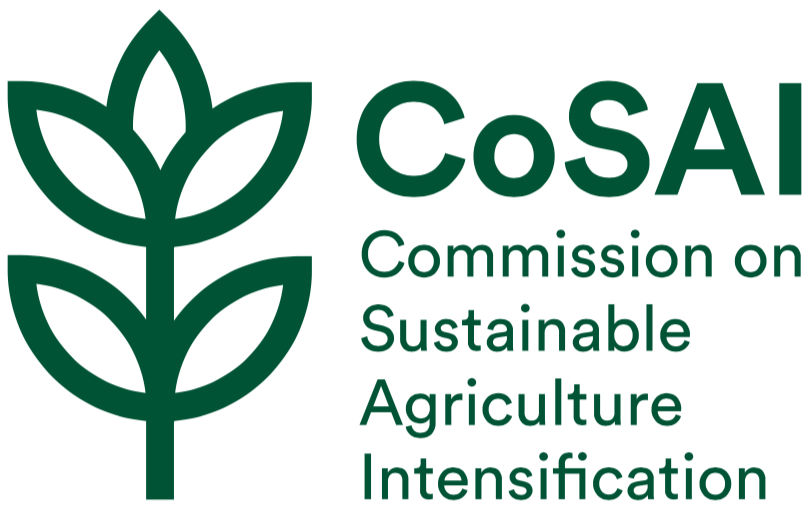Potential of urban and peri-urban agriculture in the Global South: Priority investments for innovation
Voir les résultats en:
https://www.iwmi.cgiar.org/archive/cosai/sites/default/files/CoSAI_Urban_peri-urban_agriculture_0/index.pdf

Licence de la ressource:
Droits soumis à la permission du propriétaire
Type:
rapport
Auteur:
Commission on Sustainable Agriculture Intensification (CoSAI)

Description:
Cities are highly visible centers of mass consumption of food and vast excretion of waste; they are less often associated with the production of food. Yet closer observation of cities in the Global South reveals that they are also locations of food production. This report describes the major challenges affecting crop cultivation and animal raising as well as food consumption in and around cities, where many households are poorly fed, negatively affected by unsustainable urbanization processes, and threatened with a warming and disease-prone world. It asks whether urban agriculture can mitigate these challenges, how it is affected by them, and if, indeed, it may exacerbate them. These questions demand a detailed consideration of the definitions of urban agriculture, especially between agricultural activities within the built-up environment and peri-urban agriculture conducted on the edge of the city and in the surrounding areas. Both of these are included in our analysis of urban and peri-urban agriculture (UPA).
Αnnée de publication:
2021
Μots-clés:
Peri-urban agriculture
Urban agriculture
investments
Innovation
Global South
Ressources associées
Funding Agricultural Innovation for the Global South: Does it Promote Sustainable Agricultural Intensification?
What are the patterns of funding in agricultural innovation for the Global South1 ? Who are the key funders in this innovation and who are the key recipients? How doesthis funding split between various topics and value chains? What proportion...
Αnnée de publication:
2021Auteur:
Commission on Sustainable Agriculture Intensification (CoSAI)
- Link to web resource
Améliorer la prise en compte de la nutrition dans les projets de développement rural et de santé
La lutte contre la malnutrition constitue un enjeu majeur de développement, longtemps négligé. C’est pourquoi la France, aux côtés de nombreux autres bailleurs, a pris des engagements internationaux pour lutter contre la malnutrition. La sous-nutrition ne concerne pas seulement les...
Αnnée de publication:
2016Auteur:
Alby-Flores V.
Denizeau M.
Kaboré C.
Le Roy P.
- Link to web resource
Perspectivas de procesos de exclusión e inclusión en México
Las políticas públicas inclusivas requieren de cambios en el marco institucional y normativo; en las prácticas de cómo funcionan las instituciones; en la lógica de actuación de sus dirigentes y funcionarios; en los métodos de implementación de las políticas y...
Αnnée de publication:
2016Auteur:
Reyes González J.
Gutiérrez M.
Torres J.
Villalobos C.
- Link to web resource
Memoria : Semana Internacional de la Agricultura Familiar y el Desarrollo Rural
Del 1 al 4 de noviembre del 2016, expertos de varios países del hemisferio analizaron el papel de las mujeres rurales en el desarrollo y la sostenibilidad de la agricultura familiar, las políticas públicas diferenciadas para la agricultura familiar, el...
Αnnée de publication:
2017Auteur:
Breno T.
Almada F.
- Link to web resource
Extensionismo y gestión territorial para el desarrollo rural
El Instituto Interamericano de Cooperación para la Agricultura (IICA) tiene como misión proveer esquemas de cooperación técnica a sus estados miembros en el continente americano. El documento que aquí se presenta sintetiza los resultados de la segunda fase del trabajo...
Αnnée de publication:
2012- Link to web resource
